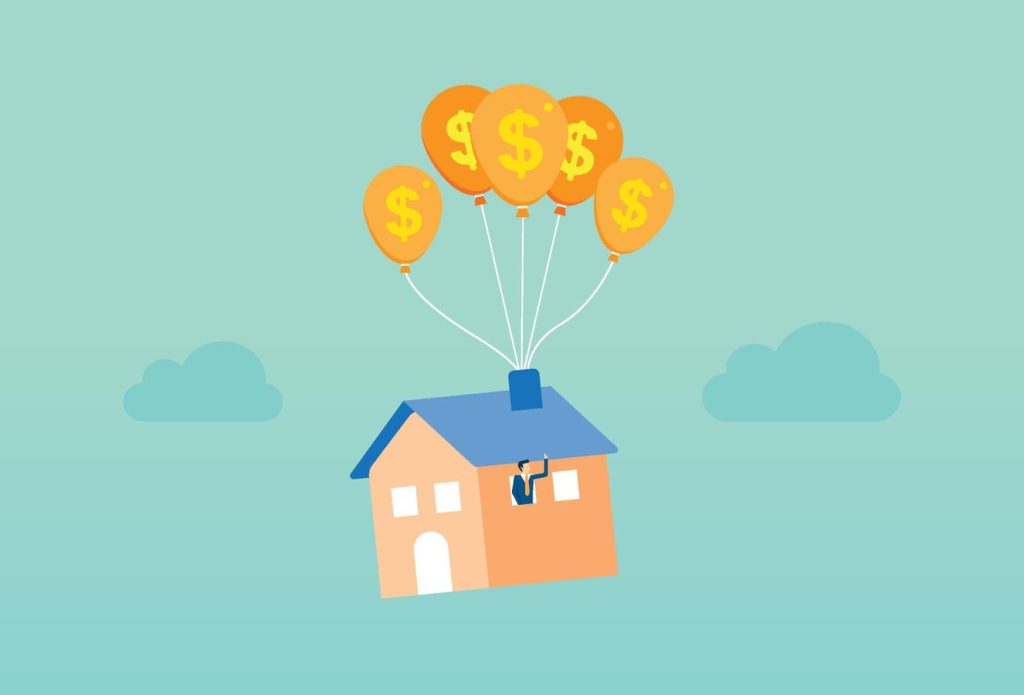In a real estate market where home prices are soaring, selling a property can result in significant financial gains, thanks to the appreciation of home values. According to a recent Bankrate report, the supply of homes in the U.S. has been constrained in recent years, creating a challenging market for buyers but benefiting owners and potential sellers. U.S. home values have seen a growth of over 100% in the past decade, with some cities and towns experiencing an increase of over 200%.
However, it’s important to consider capital gains tax when selling a property, as it can impact the profits you receive from the sale. Capital gains tax is a levy on the profit made from the sale of noninventory assets, including real estate. Understanding how this tax applies, especially when selling a primary residence, is crucial for homeowners looking to sell.
Capital gains tax applies to the profit realized on the sale of a noninventory asset that was purchased at a lower price, such as stocks, bonds, precious metals, and property. For real estate, this tax can apply to second homes, investment properties, and under certain conditions, your primary residence.
For homeowners looking to sell their primary residence, the Internal Revenue Service provides relief from capital gains tax if certain requirements are met. To qualify for the exclusion, homeowners must have owned the property and used it as their primary residence for at least two of the five years immediately preceding the sale. Single filers can exclude up to $250,000 of capital gains, while married couples filing jointly can exclude up to $500,000.
If the property sold is not a primary residence meeting the exclusion criteria or if the gains exceed the exclusion limits, capital gains tax will apply. This could be the case if selling a second home or investment property, the primary residence does not meet the exclusion criteria, or gains exceed the exclusion limits.
To calculate capital gains, subtract the purchase price of the property (plus any improvements) from the selling price. Tax rates for capital gains vary based on income level and the duration the asset was held. Generally, long-term capital gains, from assets held for more than a year, are taxed at lower rates than short-term gains.
There are strategies to minimize capital gains tax, such as living in the property for at least two years before selling it, keeping detailed records of home improvements to reduce taxable gain, and considering a 1031 exchange for investment properties to defer capital gains taxes. By understanding the rules surrounding the sale of real estate assets and consulting with a tax professional, homeowners and investors can navigate capital gains tax effectively, optimizing their financial outcome in a booming real estate market.


